How well do you know your yarns? Carpets and rugs add a beautiful finish to an interior, but before they become the final product, they start off as millions of strands of differing yarns before being woven into a cohesive whole. We sat down with Tappeti Director, Karinna Gobbo, to talk about yarn.
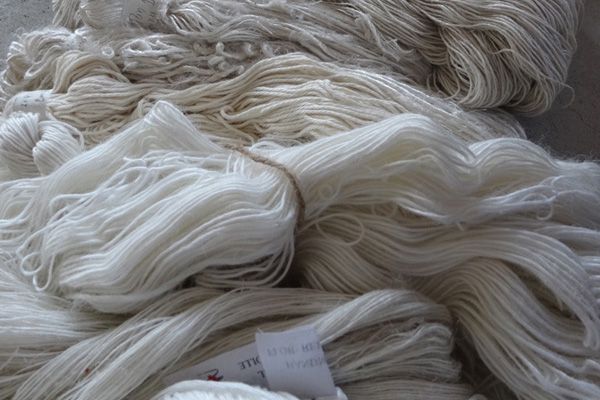
June 14th, 2016
Tappeti Fine Handcrafted Rugs + Carpets works with their clients to create unique designs for projects such as The Old Clare Hotel, and multiple Westfield Shopping Centres. But even before the design process begins, it’s important to consider the raw materials. Here, Tappeti Director, Karinna Gobbo shares some in-depth industry knowledge on the all-important area of yarn.
Indesign Live: In rugs and carpets, what yarn is most commonly used?
Karinna Gobbo (KG): We use predominantly New Zealand wool, as it is both an affordable and durable fibre, but there are several wool types ranging from low to medium-grade Blended Indian wools, to the best New Zealand wool. Other popular fibres that are used include hemp, nettle, viscose and silk. Each fibre has a different texture, which gives way to a very different finish, and by combining various fibres there’s a great opportunity to create something truly unique. Hemp and nettle are from plants that we source in Nepal, and we use them in our hand knotting. Silk can be sourced from various countries and is beautiful, but much more delicate than other fibres.
Indesign Live: How does fibre choice affect the resulting rug?
KG: From experience, the better the fibre you choose, the more longevity and higher-quality finish you will have as an end result. For example, New Zealand wool is the most durable fibre on the market and is what we specify for commercial use: it cleans and wears well, and looks great for a long period of time.
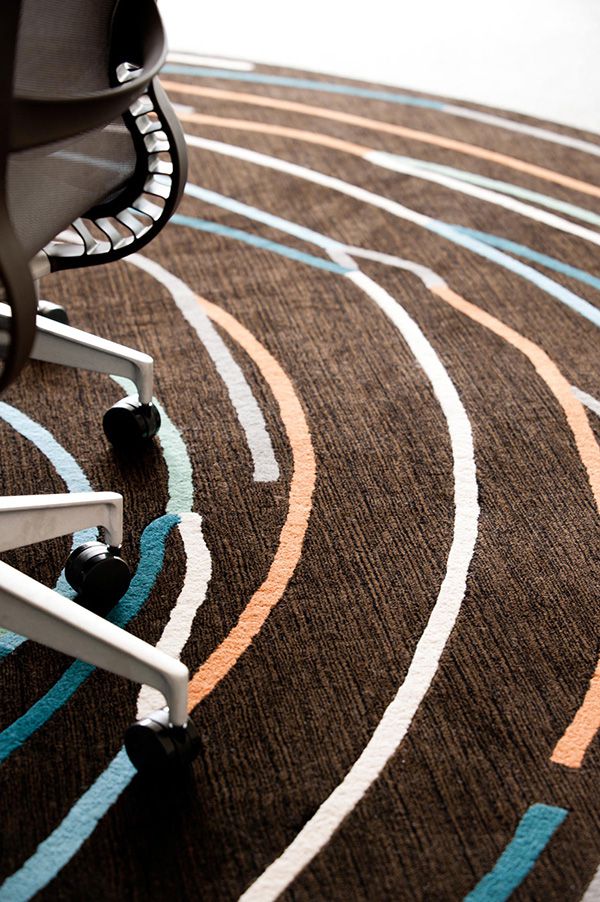
Finished rug in 100% New Zealand Wool. Blue Mountains Cultural Centre. Design by Hassell.
Indesign Live: Why might someone choose to use a certain yarn over a different one?
KG: Generally it’s a personal preference for the look and feel that the client is after, as well as consideration of application. We wouldn’t, for example, specify a 100% silk or viscose rug for a commercial environment as it wouldn’t meet commercial standards, but it would, perhaps, suit a private home that is after an exclusive finish. Hemp on the other hand, is a personal preference as it’s suitable for commercial and residential use, and is great when looking to achieve variation in textural finish, as the colour absorbs very differently into the hemp fibres.
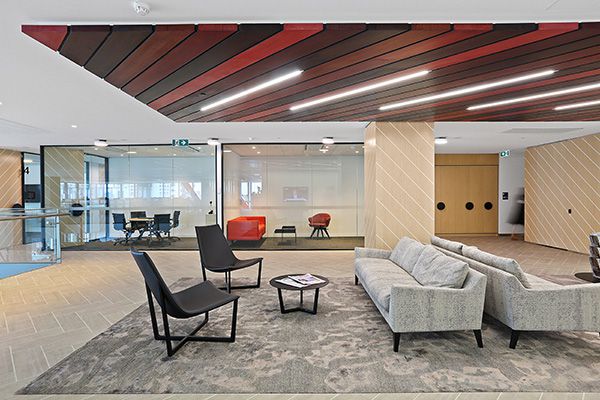
Hemp and Viscose Hand-knotted rug. Quantium. Design by Valmont.
Indesign Live: Where do you normally source your wool from for your projects?
KG: As a general rule, we find that the fibre from New Zealand is finer, cleaner, and easier to work with. Often Indian yarns are coarse, with inconsistencies and aren’t white to begin with, which affects the dying process.
Indesign Live: What’s the process for crafting a rug?
KG: All our rugs are hand crafted either by hand tufting or hand knotting which ensures an extremely high level of quality. In addition to this, our yarn is hand dyed and matched to one of 260 colour recipes, depending on the client’s specification. After that, a map of the rug design is drawn to full scale. It looks almost like a grid that carefully marks out the colour and location of each and every knot for the weavers to follow.
Indesign Live: What are the main differences between hand knotting and hand-tufting?
KG: The main differences between these two is the technique and the time involved to manufacture these products. Both require a certain level of skill to manufacture. Hand-knotted is exactly as ‘hand-knotted’ suggests: each fibre is individually wrapped around the warp by hand to create tiny knots and is more time consuming. Hand-tufting involves using a small hand gun where the fibres are shot through a backing cloth – a much quicker process. The intricacy that can be achieved with hand-knotting is greater than with hand-tufting.
Indesign Live: What do we mean when we talk about pile height and pile density?
KG: Pile height and weight are important considerations for commercial longevity and meeting commercial standards. Pile height refers to the height of the entire rug from base to the finished top. Pile density is the weight by area, for instance we work by square metre. In our hand tufted collection our commercial specification is 3.0kg per m2 as a minimum.
Tappeti
tappeti.com.au
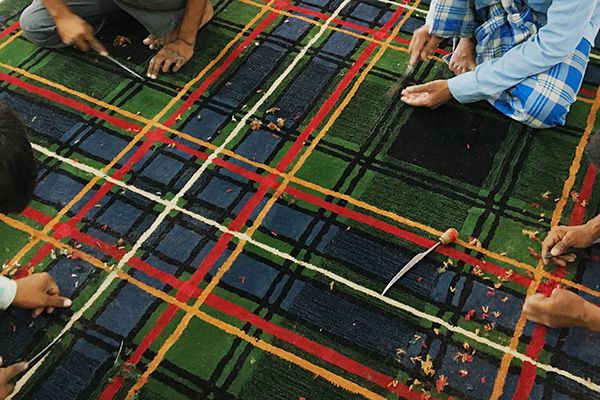
Hand finishing techniques. 100% New Zealand wool rug.
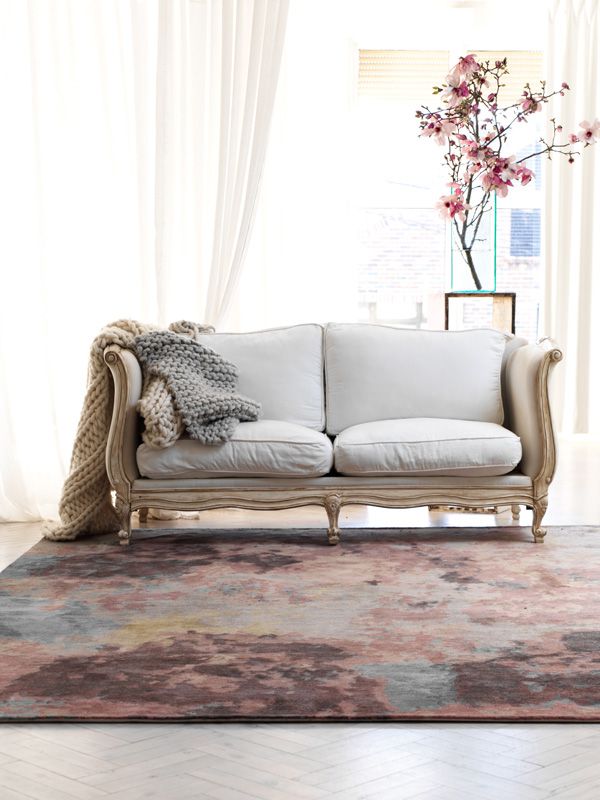
Nettle fibre hand-knotted rug. Photography by Linda Rosewall.
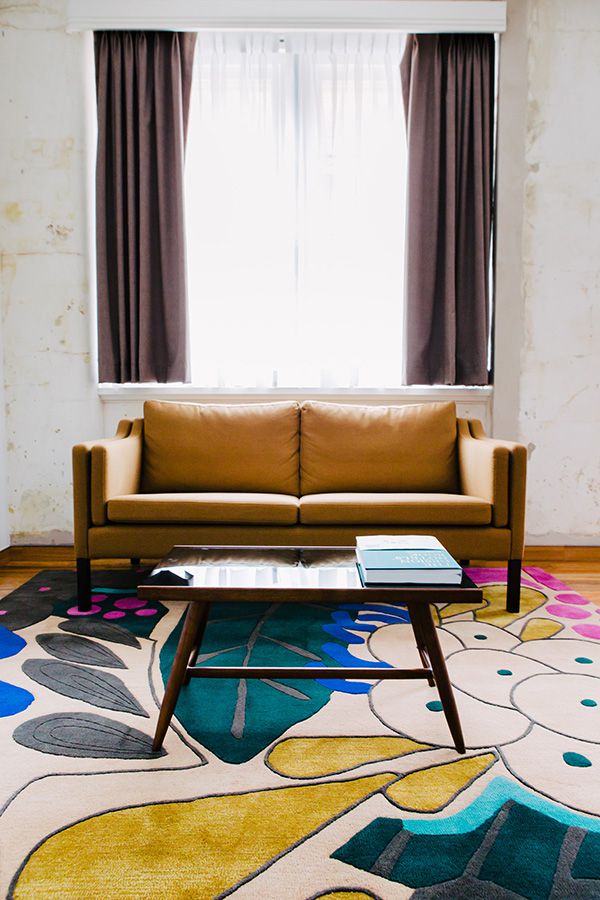
New Zealand Wool and Viscose Hand-tufted Rug with various hand finishing techniques. The Old Clare Hotel.
New Zealand Wool and Viscose Hand-tufted Rug. Qantas HQ. Design by Hassell.
A searchable and comprehensive guide for specifying leading products and their suppliers
Keep up to date with the latest and greatest from our industry BFF's!

BLANCO launches their latest finish for a sleek kitchen feel.

BLANCOCULINA-S II Sensor promotes water efficiency and reduces waste, representing a leap forward in faucet technology.

This event talked to (literally) innovative design and reaffirmed Designer Rugs’ commitment to building a thriving community within the architecture and design landscape, where guests heard from the likes of the revered Anna-Carin.

Designer Rugs proudly presents the ‘Gardens of Andalucia’ collection, a new range crafted by the revered boutique design studio, House of Heras.

With the right inspiration and a few smart options, you can elevate your home and add comfort and style without making permanent changes. Discover how Carpet Court’s renter-friendly solutions can help you create a home that’s as unique as you are – no drill required.
The internet never sleeps! Here's the stuff you might have missed

Architectus has designed new interiors for Allianz with an astute understanding of the modern workplace, where architecture, nature and technology converge to create an agile environment.

The Heffron Centre in Maroubra, Sydney, stands as a testament to how authentic public art powered by collaborative project teams can transform urban spaces.